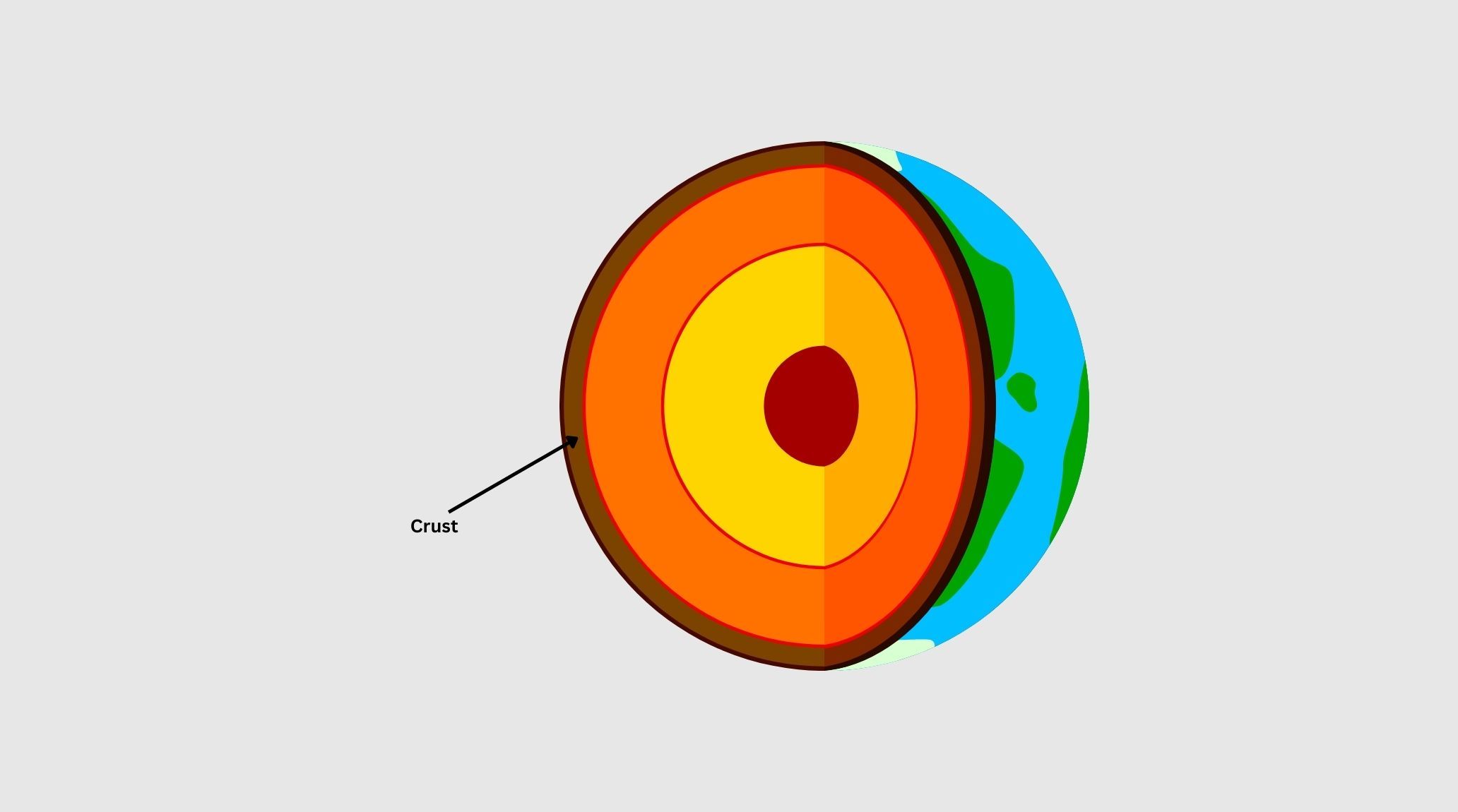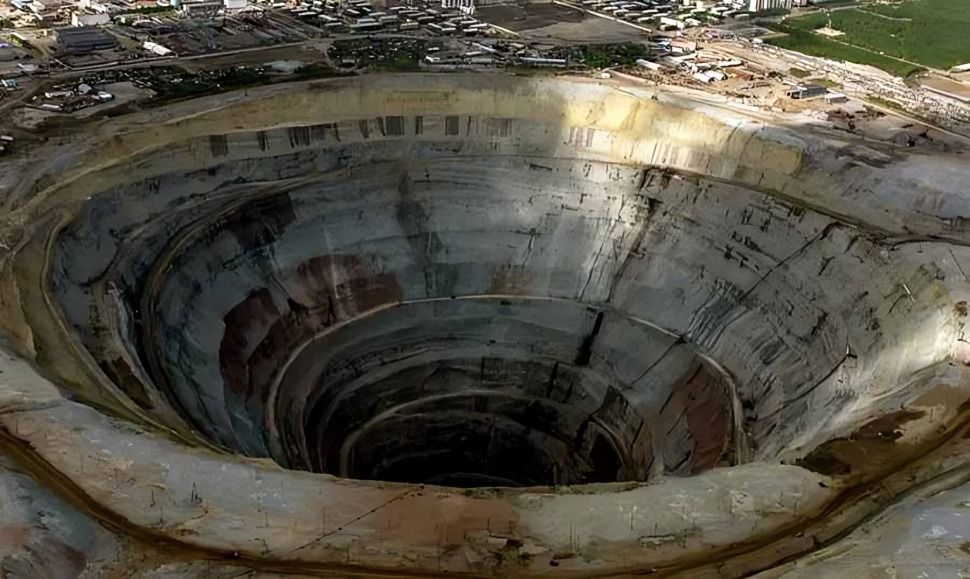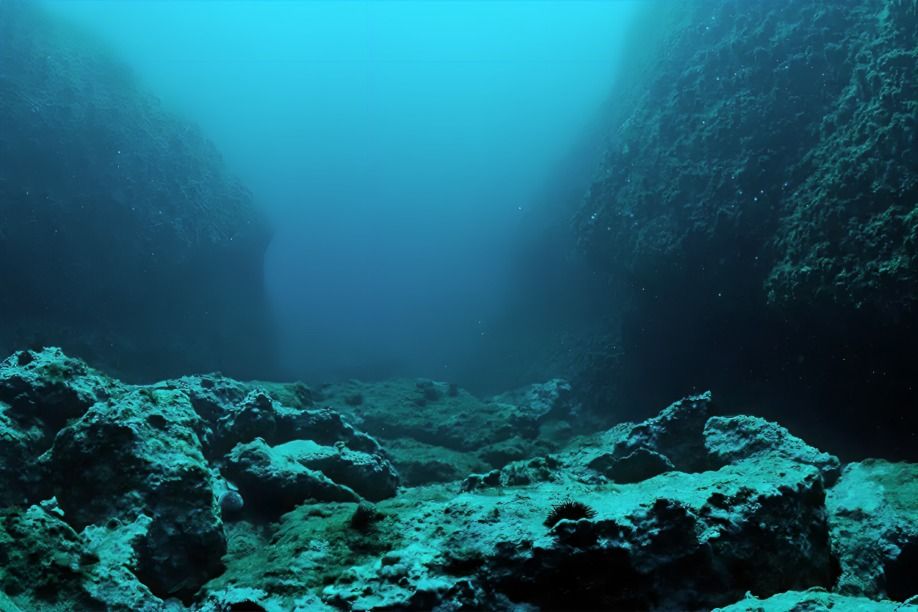
“
The Earth's crust, the thin outer layer we live on, contains interesting facts and mysteries. From its composition to its role in plate tectonics, the Earth's crust plays a crucial role in geology. Here, we explore 20 fascinating facts about Earth's crust that reveal its complexity and importance.1
1
1
”
The thickest parts of Earth's crust reach about 30 miles in depth. Continental crust typically ranges from 20 to 30 miles thick, while oceanic crust is thinner, 3 to 6 miles thick. 1
Earth's oldest oceanic crust is around 200 million years old, while the oldest continental crust is 3 to 4 billion years old. Although Earth formed 4.5 billion years ago, plate tectonics constantly recycles the crust through subduction into the mantle. 2
Earth's crust is thinnest at the oceanic crust, with some regions only 5 kilometers (3 miles) thick. In contrast, the thinnest continental crust measures about 30 kilometers (20 miles). 3
The continental crust is much thicker than the oceanic crust, extending higher and deeper into the mantle. The upper continental crust is exposed in many areas, making its composition well-studied and well-known.4

The Kola Superdeep Borehole near Zapolyarny on the Kola Peninsula in Arctic Russia is the deepest penetration into the Earth's crust. Drilling began on May 24, 1970, and reached 12,261 meters (40,236 feet) by 1983 before funding ran out.
The crust is broken into tectonic plates that are constantly in motion. These plates are driven by convection currents in the mantle, powered by heat originating from Earth's core. This movement is responsible for phenomena like earthquakes and volcanoes. 5
Earth's crust consists of two main types: continental crust, which is lighter, and oceanic crust, which is denser. The most abundant elements in the crust are oxygen and silicon, forming various silicate minerals. 6
The temperature of Earth's crust varies with depth. The upper crust experiences temperatures matching the atmosphere or ocean, ranging from hot in deserts to freezing in ocean trenches. 7
The Earth's crust is thinnest in parts of the Pacific Ocean, only about 6 km (3.7 miles) thick. The thinnest continental crust in the Great Rift Valley of northeast Africa is approximately 15 km (9 miles) thick. 8
Earth's crust consists of igneous, metamorphic, and sedimentary rocks, with igneous rocks being the most abundant. Formed from the cooling of magma, igneous rocks like granite and basalt are common throughout the crust. 9
Dynamic geologic forces formed Earth's crust and continue to be shaped by the planet's movement and energy. Tectonic activity plays a crucial role in creating and destroying crustal materials. 10

The oceanic crust is dense, nearly three grams per cubic centimeter (1.7 ounces per cubic inch). It forms continuously at mid-ocean ridges where tectonic plates are pulling apart.
The age and density of oceanic crust increase with distance from mid-ocean ridges. While new oceanic crust forms at these ridges, it is destroyed in subduction zones.A dense tectonic plate sinks or melts beneath a less-dense plate in subduction. 11
Geologists obtain oceanic crust samples through ocean floor drilling, submersible exploration, and studying ophiolites. Ophiolites are segments of oceanic crust pushed above sea level by tectonic forces. 12
The planets of our solar system—Mercury, Venus, and Mars—and even Earth's Moon each have crusts formed mainly from silicate minerals. Unlike Earth, however, the crusts of these celestial bodies are not influenced by tectonic plate interactions. 13
Despite its smaller size, the Moon's crust is thicker than Earth's. This lunar crust varies in thickness, generally being thicker on the "far side," which always faces away from Earth. The thicker crust on the far side is due to differences in volcanic activity. 14
About 75% of Earth's continental crust features sedimentary rocks at the surface, often as a thin layer over igneous and metamorphic rocks—these sedimentary rocks, such as sandstone and mudstone, formed from tiny particles buried over geological time. 15
Mars' crust hosts the tallest mountains in the solar system, and extinct volcanoes have been formed from molten rock erupting in the exact location over millions of years. These eruptions built up massive mountains of iron-rich igneous rocks.16
One of the most volcanic crusts in the solar system is Jupiter's Moon Io. The crust, rich in sulfide rocks, gives the Moon a vibrant mix of yellows, greens, reds, blacks, and whites. 17
The Earth's crust is the lithosphere's cold, solid outer layer, sitting above the convecting asthenosphere. It comprises dense oceanic crust and lighter continental crust and is thickest in the Himalayas, reaching about 75 km (46 miles) in China. 18


